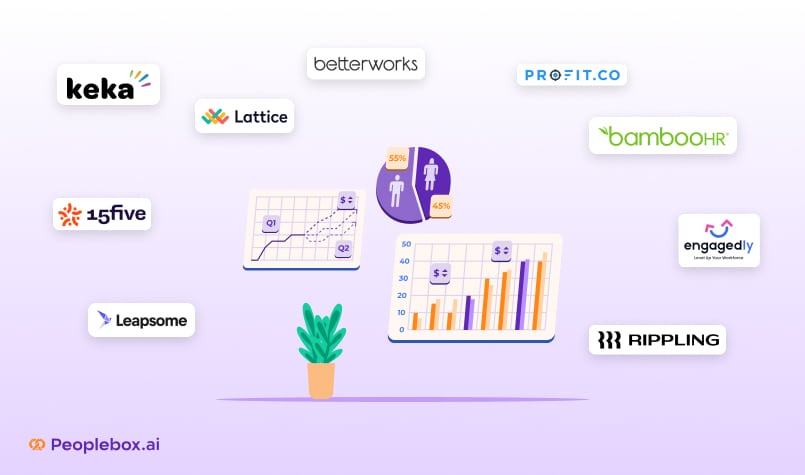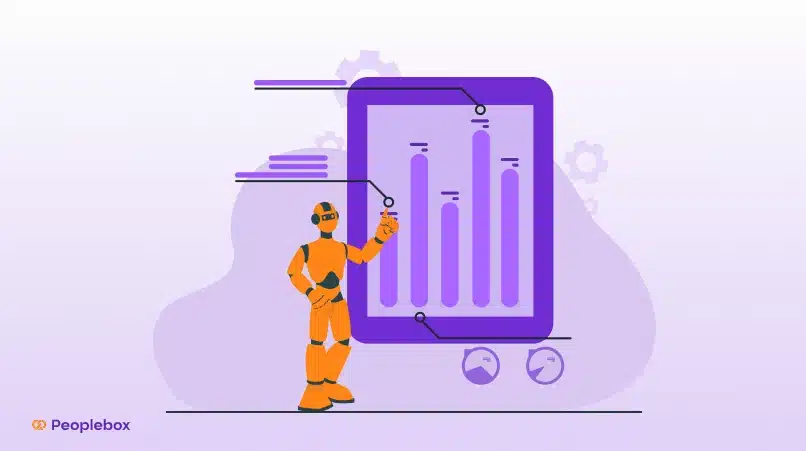The Hay System is a job performance evaluation system widely used in many regions of the world, especially in North America and Europe. First developed in the mid-20th century, by Edward N. Hay, the system is designed to provide a structured and data-driven approach to performance evaluation by determining the relative worth of different jobs in the organization. HR leaders often use this methodology to evaluate jobs and determine salaries.
While it is quite a relevant approach, things have certainly changed in today’s business landscape. But considering the challenges of the unstable employment market, the Hay System remains relevant and a valuable tool for effective workforce management.
Hay Approach For Compensation
this methodology helps HR leaders in deciding how much to pay people for their work. Using Hay System, a job is evaluated by considering the:
- Knowledge required to perform the job
- Type of problem-solving skills needed for common job challenges
- Assigned responsibilities or accountabilities
Each factor further includes two-to-three sub-factors.
Also Read: Effective compensation philosophy
Factors in Hay System
- Accountability – It’s the output factor. It’s safe to assume that every job exists to deliver results in order to drive business impact. This factors measure the type and level of value a particular job can add. It has 3 dimensions.
- Freedom to act
- Nature of Job’s impact on organizational results
- Magnitude of impact
- Knowledge – To take the accountability of any job, it is required to have the proper knowledge. It also has 3 dimensions.
- Practical knowledge,
- Planning, organizing, staffing, directing, and controlling resources
- Communication and influencing skills
- Problem Solving – It is known to have the following two dimensions.
- Freedom to think – evaluates how much problem solving is guided and shaped by strategy, policies, historical precedents, established procedures, and regulations
- Thinking challenge – complexity of the thinking required to arrive at solutions that add value
Though there are numerous benefits of Hay System but it also has its share of disadvantages and limitations such as – complex in implementing and maintaining, very resource-intensive, time-consuming, very expensive and rigid.
Download our e-book on Quarterly performance review!
Performance Review Platform
Get a glimpse of how Peoplebox make performance reviews painless, actionable and fair
How to Conduct Quarterly Performance Reviews
Alternatives to Hay Method
- Point Factor System: similar to Hay system, it assign points to various factors or dimensions of a job and determine the job’s relative value.
- Market Pricing: This method doesn’t rely on internal factors but assesses job value by comparing it to market data or industry benchmarks
- Job Ranking: This method ranks the jobs in an order based on their perceived value within the organization
- Job Classification/Grade System: This method groups jobs into classes and grades based on multiple factors such as skill set required, responsibilities and qualifications and based on grade, it determines a specific salary range.
- Factor Comparison Method: This method looks at internal factors and industry benchmarks. It assigns a monetary value to various factors or dimensions such as responsibility, skill, and effort, and then compares these factor values to determine job worth.
- Market-Based Pay Structures: Completely based on market data or industry benchmarks – mostly used in highly competitive markets.
- Skill-Based Pay: This method doesn’t consider the nature of job but determines pays based on employees’ skills and competencies.
- Competency-Based Pay: This method determines the pay based on the competencies or skills shown by employee, regardless of their title or role
- Pay for Performance: This method determines the pay based on employee’s performance and it is mostly adopted by tech companies globally.
Meet Peoplebox !
Peoplebox is an all-in-one OKR and performance management platform that helps organizations align their core competencies with business goals. By integrating competency mapping, real-time feedback, and performance insights, Peoplebox empowers teams to excel in areas that drive success.
With Peoplebox Platform, You can implement compensation strategy based on competency and performance very easily. More than 500+ companies such as HackerRank, Disney & Postman are using Peoplebox to drive better business impact.
Peoplebox.ai is your one-stop strategy execution & performance management platform that aligns OKRs, individual goals, performance reviews, compensation, feedback, 1:1s and incentive management – all in one app.You can check out our product tour below. Make sure to visit us!
Performance Review Platform
Get a glimpse of how Peoplebox make performance reviews painless, actionable and fair







